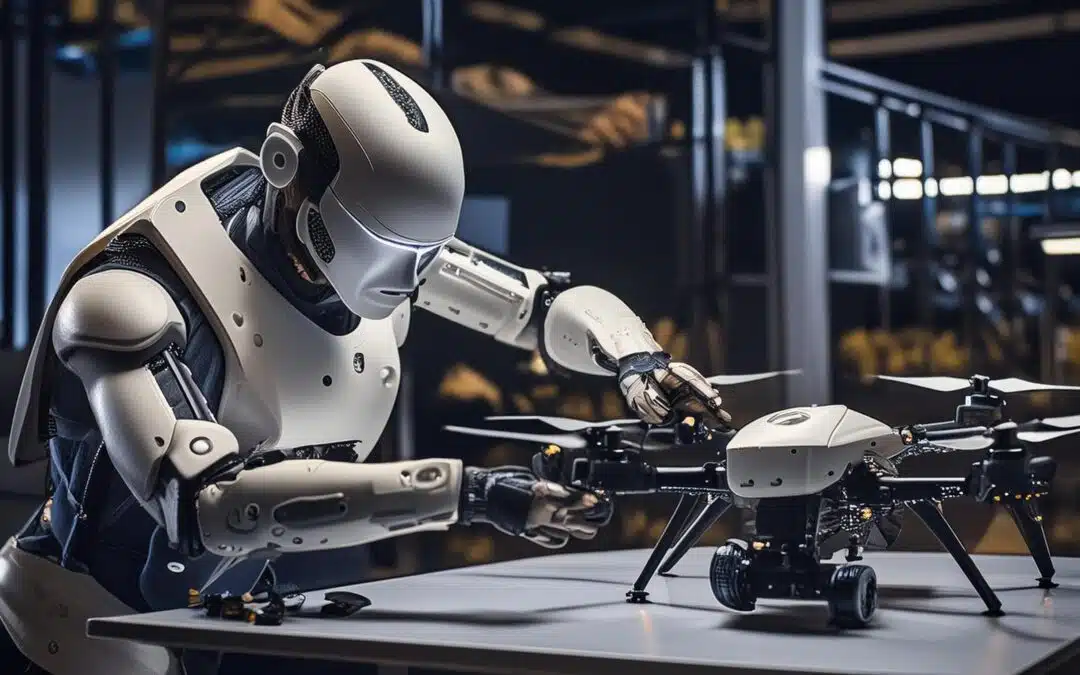
The Future of Aerial Imagery: How AI is Shaping Drone Operations and Photography
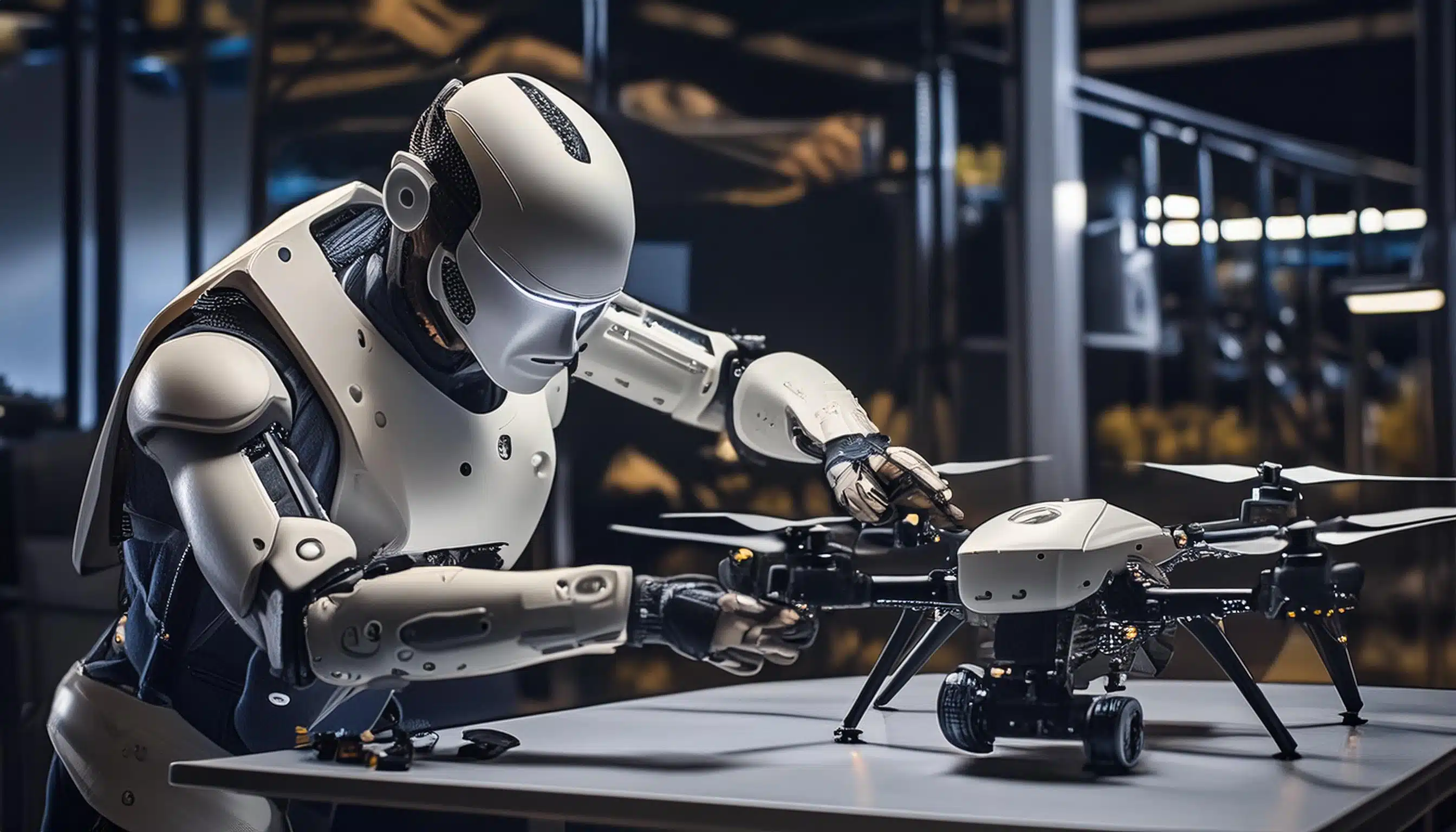
The Future of Aerial Imagery: How AI is Shaping Drone Operations and Photography
In the rapidly evolving world of technology, artificial intelligence (AI) is a game-changer, especially in the realms of drone operations and aerial imagery. This article delves into how AI is transforming these fields, enhancing capabilities, and opening up new opportunities for enthusiasts and professionals alike. Whether you’re a tech aficionado, a professional photographer, or someone curious about the future of drones, you’ll find exciting developments unpacked here.
The Rise of AI in Drones and Photography
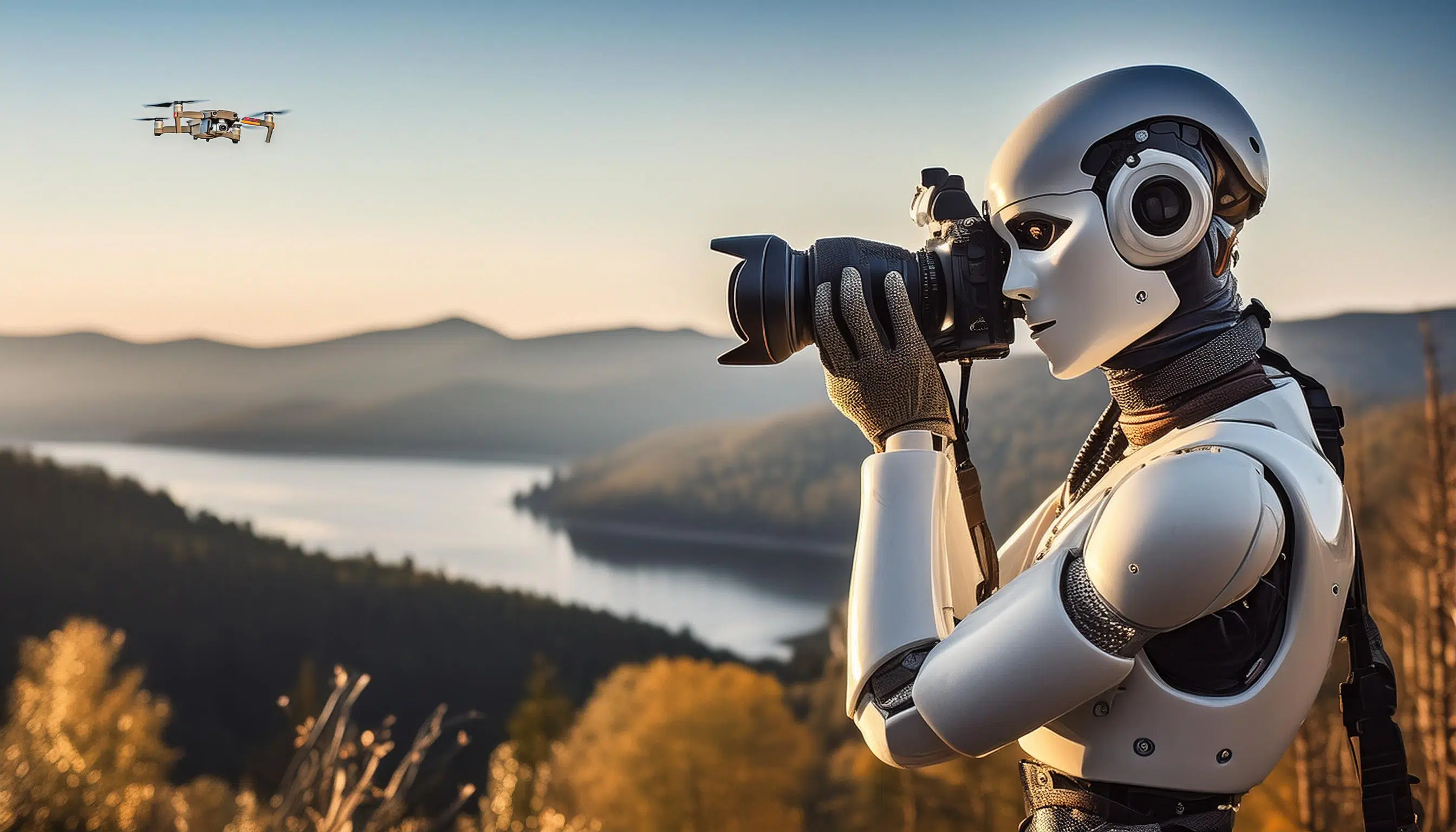
Golden Hour, Drones, & Photography
AI-Driven Features in Modern Drones
Autonomous Flight
Harnessing the capabilities of artificial intelligence (AI), modern drones are now pioneering the future of autonomous aerial technology. These drones are not just flying machines; they are intelligent systems capable of executing intricate flight patterns, decision-making in real-time, and adapting to complex environments with little to no human intervention. Their ability to take off, navigate, land, and avoid obstacles autonomously is pivotal for executing tasks that would otherwise be risky or unattainable by human pilots.
As drone technology continues to evolve with AI at the helm, we can expect to see even more sophisticated features. These could include advanced object recognition for finer obstacle detection and evasion, accelerated data processing for real-time mapping results, and seamless integration with various technological ecosystems. AI drone mapping using drones like the Skydio 2 or the DJI Mavic 3 Enterprise is not just a tool of modern technology; it’s a harbinger of the data-driven operational transformation taking place across industries worldwide.
Real-Time Data Processing
AI enables drones to analyze the data they collect while still in flight. For example, drones used in agriculture can immediately process images of crops to detect signs of disease or drought, providing farmers with instant insights.
Smart Photography
Drones today come with AI-enhanced cameras that can automatically detect and focus on subjects, adjust lighting settings, and even compose shots. These features are particularly useful in dynamic environments where conditions change rapidly.
The AI doesn’t stop there—it also intuitively adjusts camera settings in response to the lighting conditions. From the soft hues of dawn to the harsh midday sun, drones can automatically calibrate their exposure settings to capture the perfect shot every time. This adaptability is crucial in dynamic environments where light and shadows are constantly in flux, allowing for consistent quality without manual intervention.
Transformative AI Applications in Photography
Enhanced Image Processing
AI algorithms are incredibly adept at enhancing images. They can reduce noise, correct lighting, and even restore details that were not visible in the original shot. This leads to higher quality photographs with less manual effort. At UA-Visions we count on Topaz Labs Photo AI. Topaz Labs is a photo editing software company that utilizes AI for image enhancement..
Subject Tracking and Recognition
Cameras now use AI to track moving subjects and maintain focus on them, which is invaluable for sports and wildlife photography. AI can also recognize faces, which helps in portrait photography by adjusting settings for optimal results.
Creative Compositions
AI isn’t just about improving quality; it’s also creative. Perhaps one of the most groundbreaking features of AI-enhanced drone cameras is their ability to compose shots. Using complex algorithms, these cameras can suggest the best angles and compositions, turning every frame into a potential masterpiece. This is particularly beneficial in environments that are in a state of rapid change, such as live events or natural settings, where capturing the essence of the moment is key.
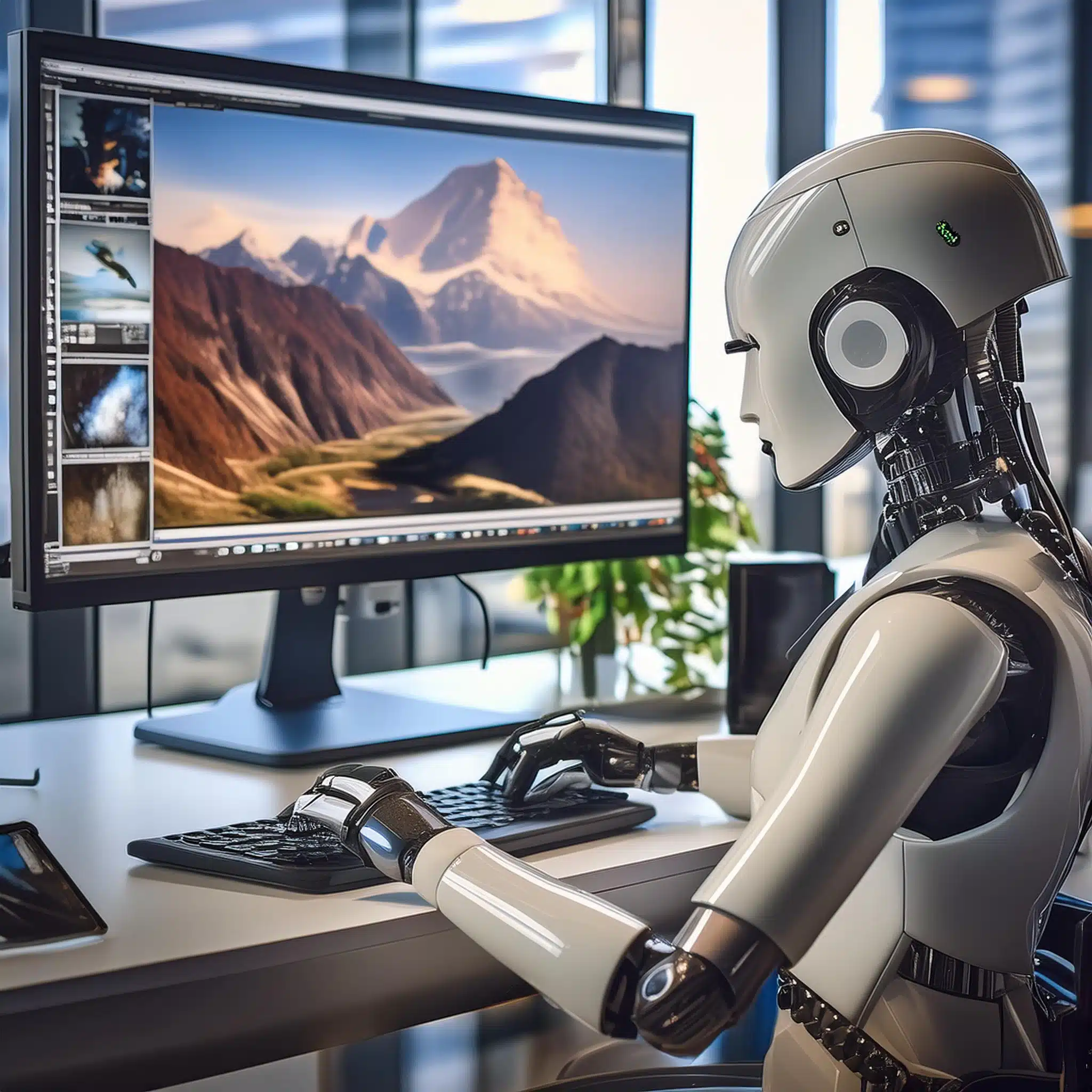
Editing at the Speed of AI
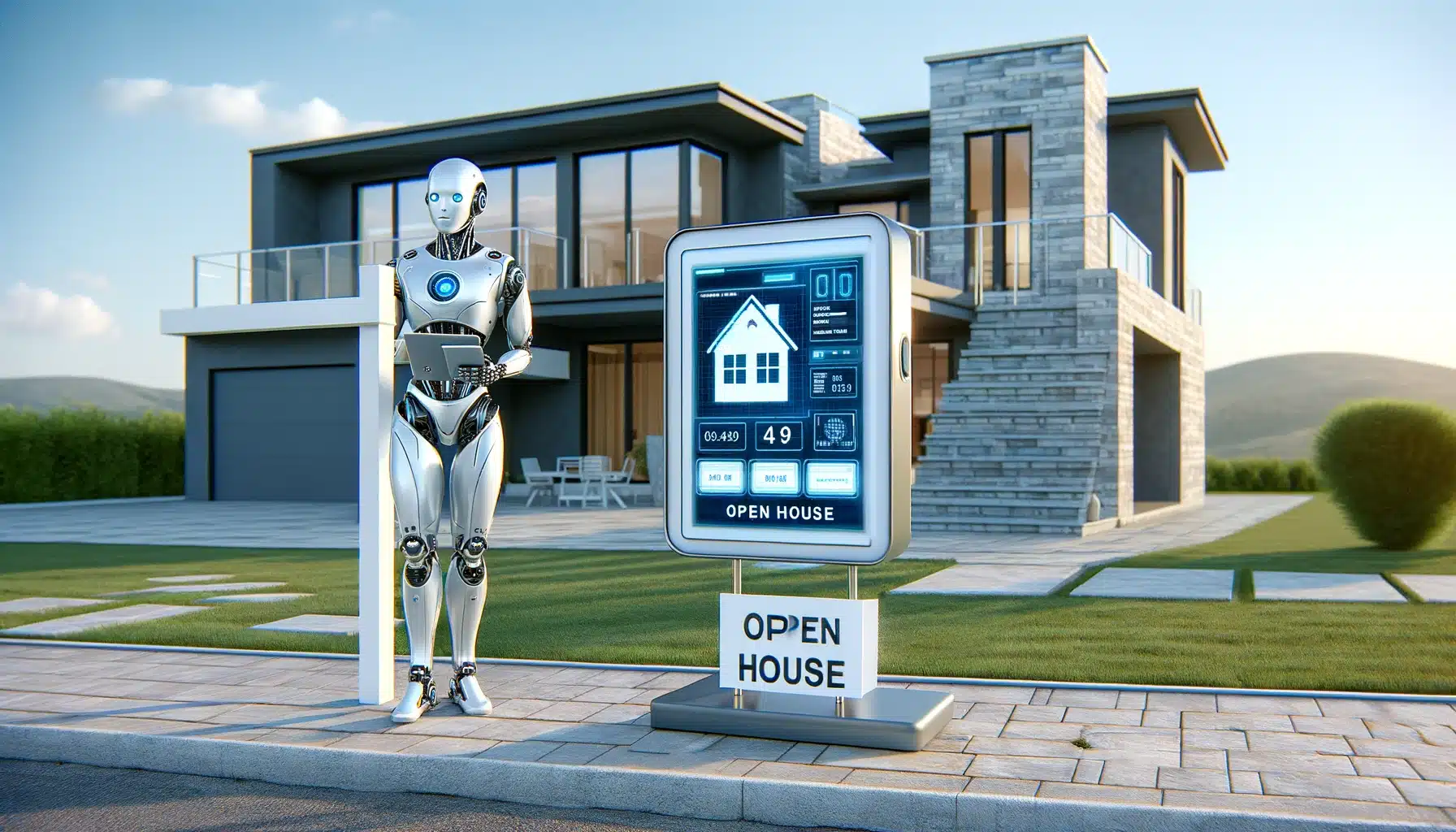
Industry Applications: Who Benefits the Most?
Film Making
Creative Applications: Filmmaking benefits greatly from AI’s ability to unlock new creative possibilities and streamline workflows. In film making, AI-driven drones are revolutionizing how shots are taken. Check-out our YouTube Channel to see how were putting AI to the test. Drones can autonomously follow action, adjust to lighting conditions, and even participate in creative decision-making, allowing for innovative camera angles and movements that were previously impossible.
AI’s influence on filmmaking is profound. Drones equipped with artificial intelligence can independently track fast-paced action, ensuring that every pivotal moment is captured with high precision. This autonomy in following the subject allows filmmakers to craft scenes that are both dynamic and narratively compelling without losing focus on the main action.
Real Estate
Current Impact: Real Estate currently sees the most widespread adoption of AI photography applications with readily available tools for virtual tours and photo enhancement. In real estate, drones provide not just basic aerial shots but detailed analyses of properties. AI-enhanced imaging can highlight features of a property more effectively, and 3D modeling helps potential buyers visualize spaces better than ever before.
Agriculture
Future Potential: Agriculture has the potential for the most significant long-term impact, with AI leading to increased food production and more sustainable farming practices. Farmers are increasingly relying on AI-equipped drones for more than just basic imaging. These drones monitor crop health, track growth patterns, and even assess crop damage after natural disasters. The immediacy of AI processing allows for quicker responses to agricultural issues.
So…Who Benefits the Most?
Ultimately, all three industries stand to gain significantly from AI in aerial imagery. As the technology continues to develop, we can expect even more innovative applications that will reshape these industries in exciting ways.
As AI technology advances, its potential applications within these industries expand even further, promising to bring about revolutionary changes. The future might see AI in agriculture automating entire farming processes, in filmmaking creating entirely new genres of cinema, and in real estate transforming the way properties are marketed and managed.
It is a time of exciting possibilities, with AI in aerial imagery acting as a catalyst for innovation. Agriculture, filmmaking, and real estate are just the beginning, as the ripple effect of this technology is bound to create waves of transformation across numerous other industries. The full scope of AI’s impact is yet to be realized, but one thing is clear: as AI photography continues to evolve, it will redefine industry standards and propel businesses towards unprecedented levels of efficiency and creativity.

Is AI going to takeover?
The Future of AI in Drones and Photography
As we look ahead, the potential for AI in drones and aerial imagery only grows. Here are some emerging trends:
Improved Regulatory Compliance
AI-equipped drones can autonomously adjust their flight paths and operations to comply with local regulations, ensuring adherence to legal standards without constant human oversight. This capability is crucial for respecting no-fly zones, adjusting altitude limits, and maintaining privacy by automatically recognizing and blurring sensitive information like faces or license plates in real-time.
As regulations become increasingly intricate, AI’s ability to instantly adapt to legal changes is invaluable, facilitating safer and more compliant drone usage across various industries. This development not only enhances operational safety but also promotes broader, more secure adoption of drone technology.
Ethical AI Use
As artificial intelligence (AI) continues to advance, ethical considerations become increasingly important, particularly in the realms of privacy protection and data security. AI-driven devices, which often handle vast amounts of personal data, must ensure that this information is treated with the utmost respect for privacy and in compliance with global data protection laws. Implementing robust security measures and maintaining transparent data policies are essential for preserving public trust and ensuring ethical AI usage.
Furthermore, the growing autonomy of AI systems necessitates the creation of frameworks that ensure decisions made by these technologies are fair, unbiased, and accountable. This involves designing AI algorithms that avoid inherent biases which can lead to discrimination, as well as making AI-driven decisions transparent and understandable to users. Effectively addressing these challenges is vital for fostering a culture of responsibility and ensuring that AI’s integration into society is perceived as a positive and beneficial advancement.
Advanced Collision Avoidance
Conclusion
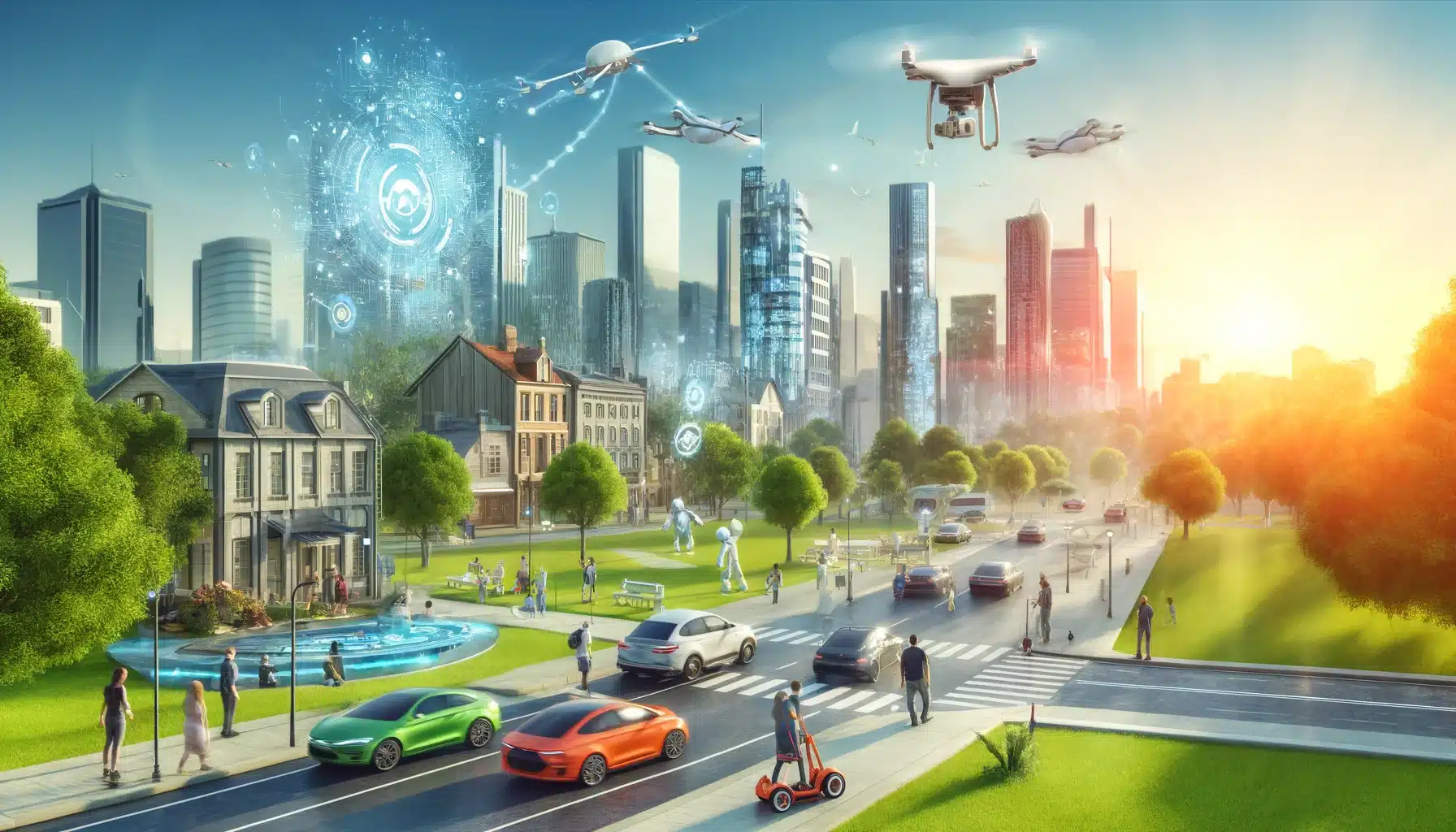
The integration of AI into drones and photography is revolutionizing these fields, not only enhancing current capabilities but also setting the stage for future innovations that promise to transform entire industries. This advancement is impactful across various sectors, including technology, photography, and fields that benefit from imaging and autonomous flight. AI’s role in these areas is expanding the possibilities for how we capture, analyze, and interact with the world, leading to more sophisticated and efficient applications.
This technological evolution places AI at the forefront of a significant transformation, making it an exhilarating era for those involved in technology, photography, and drone operations. With each technological advancement, new opportunities arise for creative and practical applications, enhancing how we engage with and understand our environment. The ongoing development of AI promises a future where its influence permeates even more aspects of our daily lives and work, heralding a new age of innovation and discovery.
Dive Deeper
For those interested in exploring more about AI in drones and aerial imagery, stay tuned to the latest tech blogs, attend industry conferences, and participate in forums where these advancements are discussed. The future is here, and it’s powered by AI!
